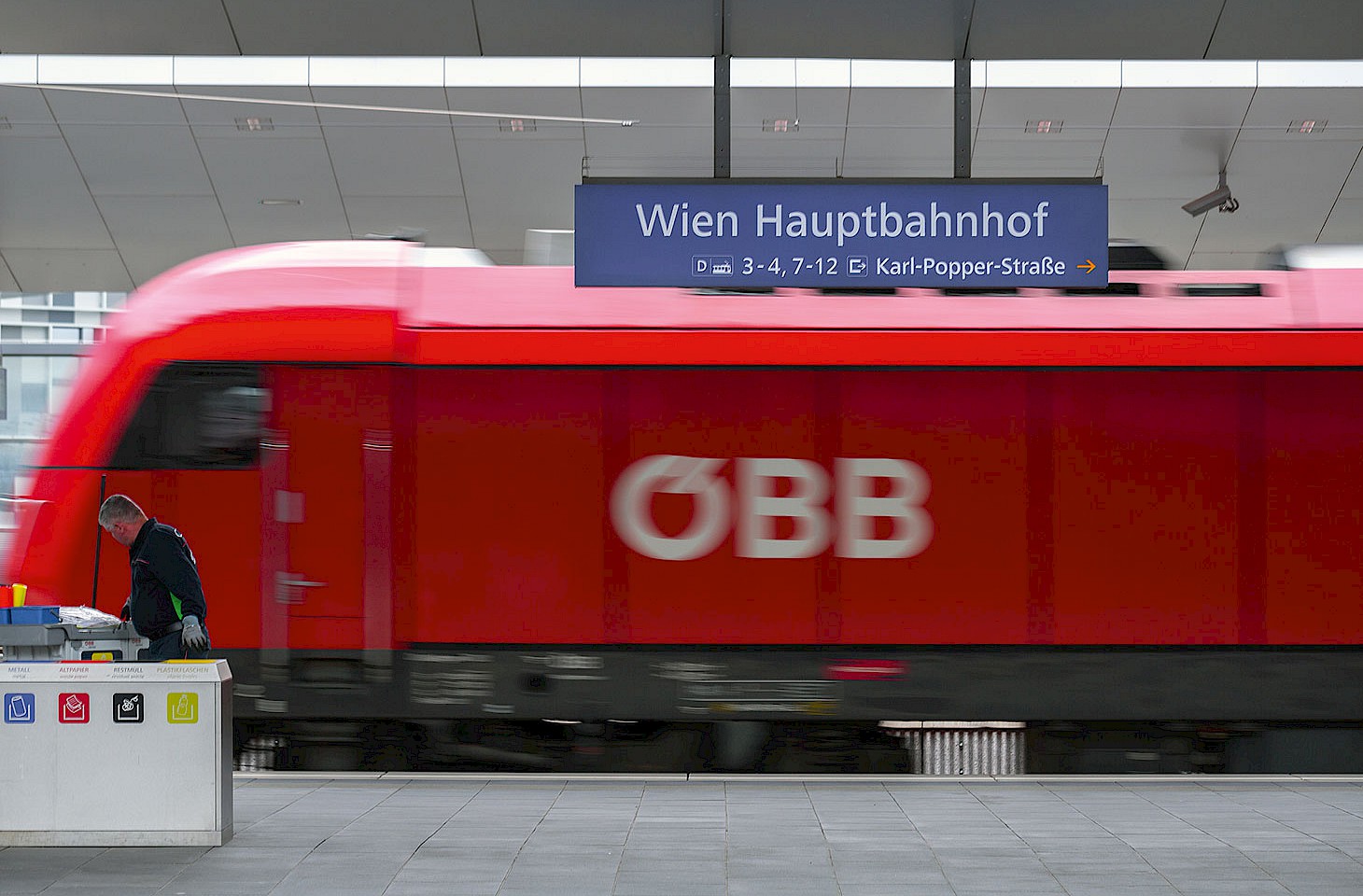We had a visitor from Russia a while back who expressed surprise that rail passengers in western Europe make long daytime hops by train without having a spot on board where they might comfortably lie down and take an afternoon nap. And it certainly is the case that in many parts of Russia and Ukraine, the carriages used even by daytime passengers consist wholly or largely of sleeping berths. Our guest’s remark came to mind yesterday, when we made a thirteen hour daytime journey from Slovenia to Berlin. Keen though we are on train travel, there did come the moment when a snooze in a couchette or sleeping berth would have hit the mark.
So we were intrigued yesterday to read in a French newspaper (Le Monde) that the French railway operator SNCF proposes to start using night train stock on some daytime services in France from 21 May. The trains will run for a trial six month period and will provide supplementary accommodation on selected longer daytime routes such as Paris to Toulouse.
Passengers who wish to speed from the French capital to the heart of the Midi will still be able to do so, using the TGV services that dash from Paris to Toulouse in just five or six hours. But, for those with time on their hands, the slower services will offer couchette comfort at a fare that undercuts the premium TGV tariff.
It is an interesting development as Europe’s rail operators have struggled to make night trains turn a profit. Indeed, in the current issue of E!Sharp magazine, we have an article looking at the economics of night train provision. Now SNCF has played a trump card by starting to use night train stock on selected daytime services – a move that enhances use of capital assets and potentially attracts passengers who think the best way to endure a long journey is to fall asleep.
Nicky Gardner and Susanne Kries
(hidden europe)


